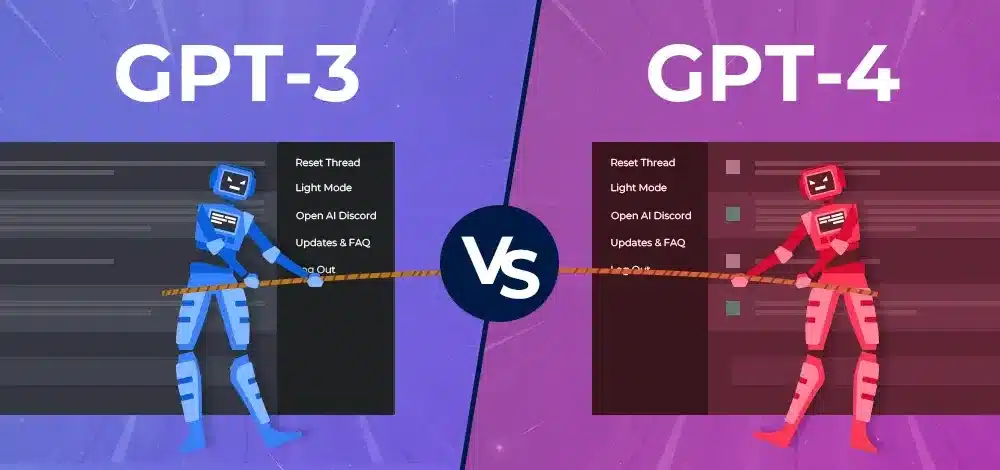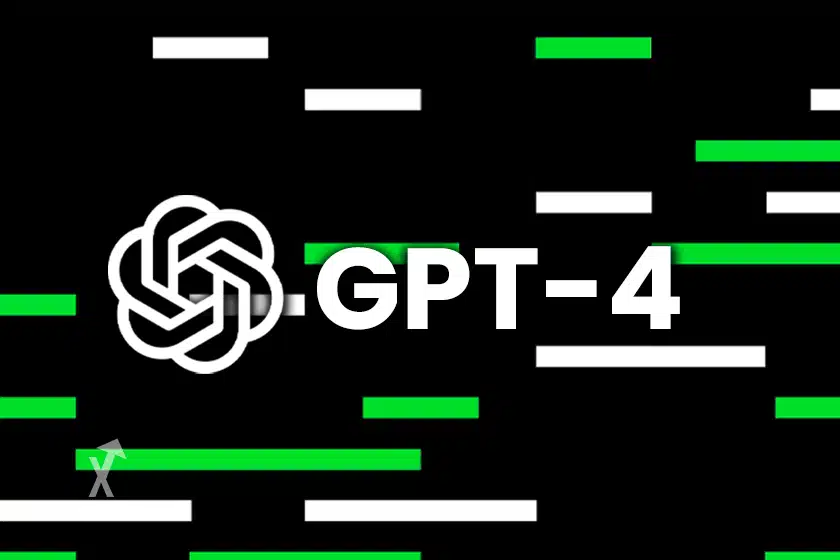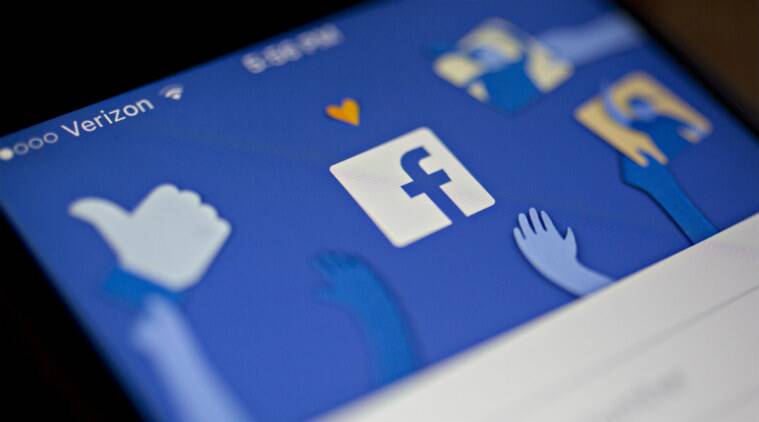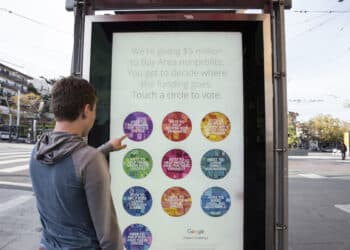GPT-4, the most recent invention of San Francisco-based artificial intelligence firm OpenAI, has been revealed. The business is well-known for its popular chatbot ChatGPT.
The latest version is “multimodal,” meaning it can analyze picture and textual inputs and produce text outputs, according to their most recent blog post. With the inception of new versions and other competitive AI chatbots, there arises a question — What makes GPT-4 Unique From ChatGPT And How Is It Different?
“ChatGPT, the popular AI chatbot, is powered by GPT-4, launched on March 14th as the successor to GPT-3.”
The major task of Chat GPT-4 is text generation, and it does it quite well. This most recent version, according to OpenAI, can analyze up to 25,000 words—roughly eight times as much as GPT-3. Moreover, it can handle far more complex instructions than GPT-3.5 and process pictures.
What Makes GPT-4 Unique? A Dive into OpenAI’s Latest Breakthrough
What is Chat GPT?
OpenAI released GPT-4, a large multimodal model, on March 14, 2023. Text is only one component of multimodal models; GPT-4 also takes picture input. GPT-3 and GPT-3.5, on the other hand, only supported text as a mode of operation, which limited users to typing out queries.
GPT-4, according to OpenAI, “exhibits human-level performance on many professional and academic benchmarks” in addition to its newly acquired capacity for image processing. The language model’s stronger general knowledge & problem-solving skills enable it to pass a mock exam with a score in the top 10% of test takers and to solve challenging questions more accurately.
A wider range of use cases, including lengthy discussions, document search & analysis, and long-form content production, is now possible because of GPT-4’s ability to handle texts longer than 25,000 words.
How does ChatGPT Compare to GPT-3 and GPT-4?
The GPT-3 and GPT-4 language models are used by the AI chatbot ChatGPT to facilitate interactive dialogue. In other words, similarly to how an engine powers a car, GPT-3 or GPT-4 acts as ChatGPT’s engine.

With its astounding 175 billion parameters when it was originally launched in 2020, GPT-3 was the biggest neural network ever created. Later, in 2022, it was adjusted with the GPT-3.5 series.
On March 14, GPT-4, the successor to GPT-3, was launched. It can analyze up to 25,000 words, almost eight times as much as GPT-3, according to OpenAI. In comparison to GPT-3.5, it can also process pictures and handle more complex commands.
What are the new capabilities of GPT-4
According to OpenAI, GPT-4 specializes in tasks requiring critical thinking, comprehension of difficult instructions, and creativity. Since it was introduced, within a few hours, people have already begun using it for a variety of creative tasks. Here are a few examples:
1. Code video games
2. Describe images and generate recipes
3. Create a functional Chrome extension in just a few hours
4. Create websites
How can you access GPT-4?
The first step if you are new to ChatGPT is to go to chat.openai.com. You can register for a free account to access GPT-3, the most recent version that is open to anyone.
To access GPT-4, you must first subscribe to ChatGPT Plus, which costs $20 per month and gives you premium access to the site. Currently, utilizing GPT-4 has a restriction of 100 messages every four hours.
What’s next?
Microsoft Corp. has invested $10 billion in OpenAI, yet there is competition in AI from other tech firms as well. To keep up with the rate of AI research, several businesses are also competing for attention. Google has made its own AI tool, Bard, available to testers. In China, Meituan, Alibaba, and other smaller businesses are also joining the race, and Baidu Inc. is preparing to debut its bot, Ernie.
Conclusion
The company anticipates that by powering several applications, GPT-4 will prove to be a useful instrument in enhancing people’s lives. There are still many changes that need to be made, and the firm is looking toward the community’s combined efforts in exploring, developing, and supporting the concept to enhance it.
Also Read: This Twitter Thread Will Explain You How To Build A Personal Brand











